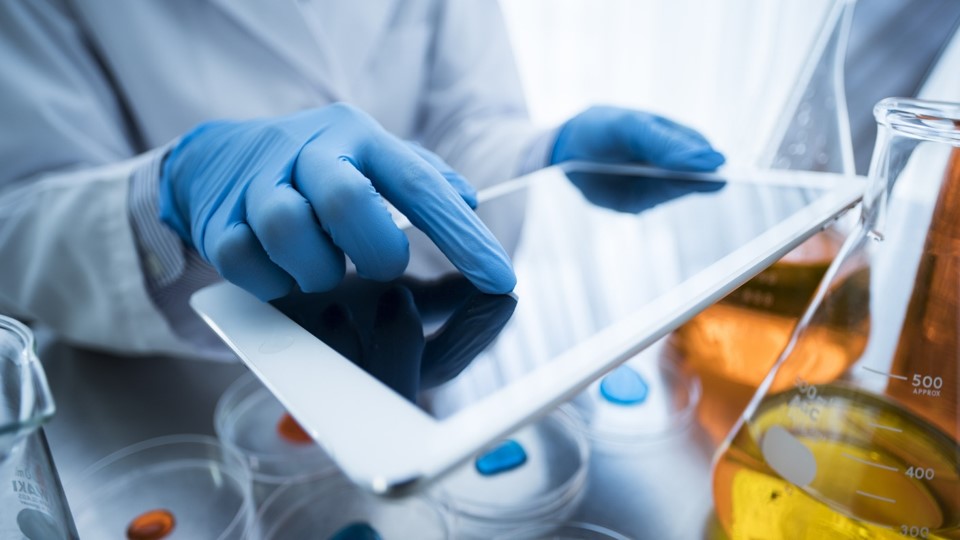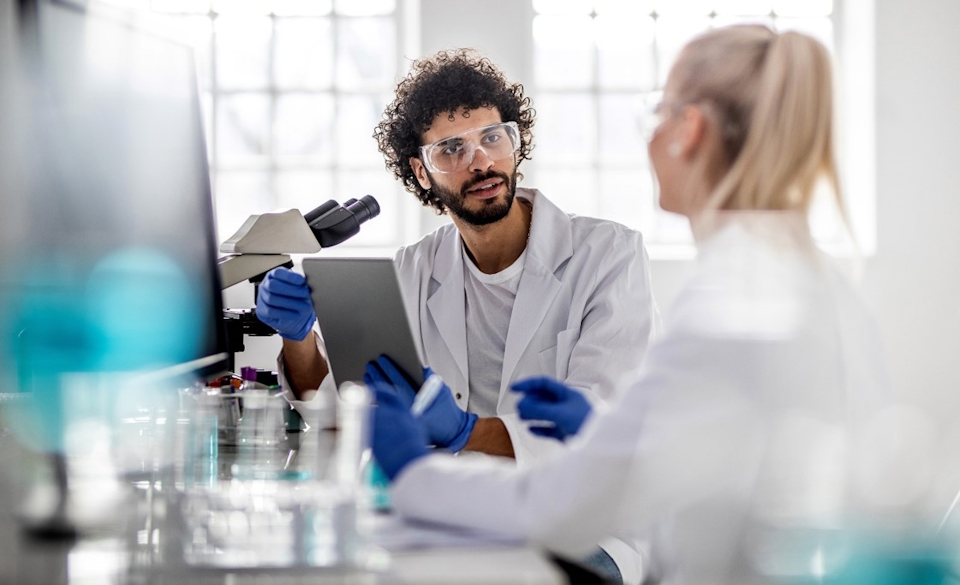In the incredibly fast-paced world of consumer packaged goods (CPG), every second spent in research and development (R&D) labs is critical. R&D leaders are on a mission to unravel some of the industry’s toughest puzzles. However, from increasing lab productivity and accelerating the speed of new product introductions to reducing the cost of experiments, the journey is far from simple. To seize leadership in the market, R&D labs can unleash their full potential with the transformative power of a smart digital lab.
Consumer demand for innovation shows no signs of slowing
Consumers have come to expect, or demand, innovation from CPG manufacturers. From more sustainable packaging, to healthier formulations, to more natural ingredients, the pace of change is putting pressure on R&D to deliver ‘new’. Launching new innovation as a catalyst for growth is paramount for the R&D function (as described in this example article from Boston Consulting Group) and will impact both the short-term and long-term prospects for brand manufacturers.
Our eBook “The Digital Lab Playbook for R&D Innovation” explores the unique challenges of driving productivity in the lab. By imagining what a digital transformation in the lab could mean for efficiency, and the utilization of key technology, it is possible to see how digital tools and processes can overcome the challenges and maximize value.

Identifying trustworthy data
Scientists may find themselves inhibited by the amount of paperwork in the lab, trying to navigate through various point solutions to document their experiments. Or, they could struggle to decipher illegible notes or spend too much time chasing down data from an experiment performed in another lab location in their company. With paper-based process and limited synergy between labs, how does a company make sure that the R&D lab in Asia, for example, does not replicate the work, experiments or tests already conducted by their counterparts in Europe? When planning experiments on a specific product, it’s critical to be able to search and verify if similar work has been done elsewhere.
To capture specific test and experiment detail, many R&D teams have transitioned to electronic documentation using laboratory information management systems (LIMS) or electronic lab notebooks (ELN). But relying on different point solutions may be counterproductive. It can hinder seamless data transfer, leading to potential issues like multiple datasets for a single product and its quality test. This makes is very challenging to identify trustworthy data.
R&D leaders are moving to platform-based approaches with a unified data model. In this manner, collaboration among stakeholders scattered globally is enhanced, proactively preventing duplication of efforts and boosting overall productivity while reducing operational costs. By harnessing a platform, like the 3DEXPERIENCE platform from Dassault Systèmes, R&D labs are able to:
- Capture data consistently
- Share data efficiently
- Enhance collaboration
- Standardize operations
- Implement a data-driven strategy
Read the user reports on LOTTE and KIRIN
Finding the right recipe
The rising cost of raw materials, on top of shifting consumer preferences, is putting a priority on reformulation. Some organizations are tasked with completely reformulating their portfolios using different raw materials, without compromising quality. Without the right tools, this can create a logjam of work and result in costly delays in getting products to market.
A way to overcome these hurdles and optimize lab resources is to go beyond merely transitioning from paper to electronic systems. CPG organizations must think forward, envisioning where they see themselves in the next 5 to 6 years, and opt for solutions that support their growth and transformation in the future. Looking ahead, AI and machine learning are set to become the new normal. Using these technologies for predictive modeling, R&D organizations can achieve faster innovation and shorter product development cycles in recipe development and formulation design.
Our customers are expressing interest in generative formulas and molecules. For example, a well-known cosmetics brand asked us to simulate a specific active ingredient to discover if it can penetrate the skin — a task achievable through in silico modeling, AI and machine learning. We do have models that aid customers in validating such simulations. There’s also a growing demand for utilizing machine learning to predict the viscosity of formulations — this showcases the expanding applications of predictive analytics in CPG industries”
Walid Darghouth, CPG & Retail Industry Solution Experience Director, Dassault Systemes
The unique strength of the Digital Lab lies in providing a unified data model that standardizes and integrates lab data, as well as bridging that important gap between virtual and real-world experiments. Scientists can generate data both virtually and in the real-world with 3D modeling and simulation capabilities, observing a comparison and contrast between the two. In this way, they can develop recipes and optimize formulas in a virtual environment by screening for the best combinations. This reduces costly physical testing and finds the right recipe in a shorter amount of time. With predictive analytics, R&D labs can leverage machine learning and AI to build models to predict the behavior of new products, based on past experiments, thus accelerating the innovation process.

Mastering material inventory
In any type of R&D lab, managing inventory properly can keep the lab running efficiently while managing costs effectively. But lack of visibility and connectivity in inventory management is prevalent. Anticipating needs to prevent material shortages or overstock situations becomes challenging when there is poor real-time visibility into resource and inventory levels.
Companies need standardizes processes for recording and categorizing resources and inventory items, which will improve the consistency and results in data interpretation. Centralizing lab operations on a single source of truth eliminates the disjointed and inaccessible nature of inventory management. Scientists can then gain visibility into available materials anytime, from wherever they are. This approach ensures that new materials are ordered only when required, leading to a reduction in inventory count and overall costs.
A call for transformation
The call to scale the science of innovation resonates louder than ever. The objective is clear – usher in a new era of efficiency within the lab network, adapting to ever-changing consumer trends and preferences while maximizing resources and time spend. Moving to a platform can drive productivity increases in documentation and experimentation, recipes and methods, and resource and inventory management – making sure that more time can be spent innovating.
Please read our eBook “The Digital Lab Playbook for R&D Innovation” for more information.

